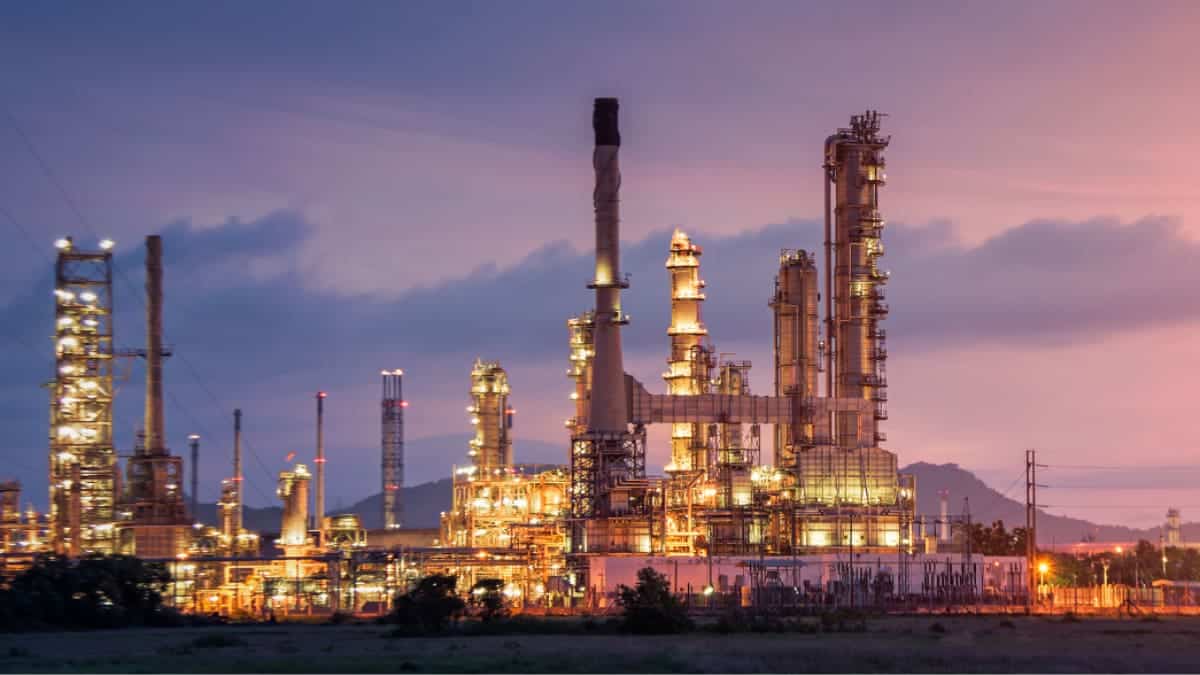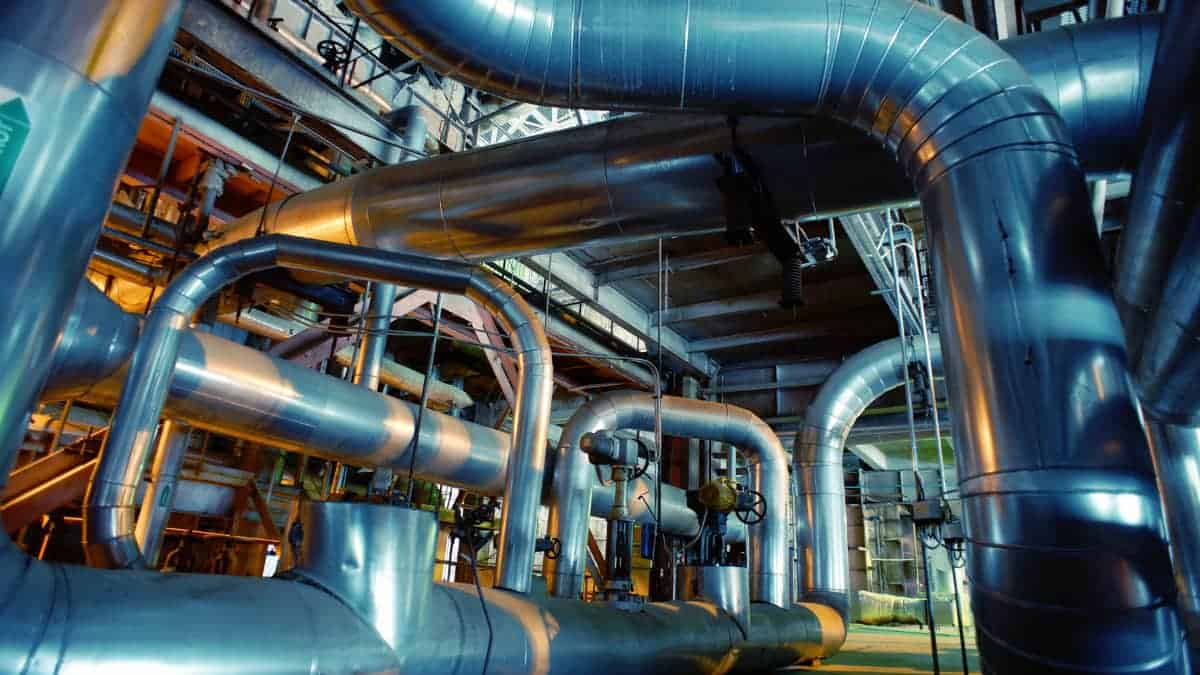Why Stress Analysis is Key to Your Career as a Piping Engineer
- Posted by: arvengtraining
- Category: Piping Professional Development

In the competitive world of industrial engineering, standing out requires mastering specialized skills that bring real value to projects. Stress analysis in piping systems isn’t just another technical competency: it’s the cornerstone that can define the success or failure of entire industrial facilities, and therefore, the differentiating element that can catapult your professional career.
What Exactly is Pipe Stress Analysis?
Pipe stress analysis is the process of evaluating the stresses, strains, and displacements that piping systems experience under different operating and environmental conditions. This analysis ensures that pipes:
- Operate safely under internal pressure
- Withstand external loads such as wind, seismic activity, or self-weight
- Properly handle thermal expansion
- Maintain structural integrity throughout their service life
- Comply with applicable codes and standards (ASME B31.3, B31.1, etc.)

5 Reasons Why Stress Analysis Will Transform Your Career
-
Growing Demand for Qualified Specialists
The industry faces a critical shortage of engineers specialized in stress analysis. According to recent data, over 70% of companies in the oil & gas, petrochemical, and energy sectors report difficulties finding professionals with these specific skills. This gap between supply and demand translates into:
- Significantly higher salaries (15-30% higher than general roles)
- Greater job stability even during economic downturns
- International development opportunities
-
Direct Impact on Project Safety and Economics
Mastering stress analysis positions you as a key professional in critical decision-making:
- Prevention of catastrophic failures: Inadequate analysis can result in ruptures, leaks, or structural failures with potentially devastating consequences.
- Economic optimization: Oversizing due to lack of precise analysis unnecessarily increases costs, while an optimized design through proper stress analysis can reduce material costs by up to 25%
- Service life extension: The ability to accurately assess the remaining life of existing systems is a highly valued competency in mature facilities.
-
Versatility and Multi-sector Application
Knowledge in stress analysis is transferable across multiple industries:
- Oil and gas (upstream, midstream, downstream)
- Power generation (thermal, nuclear, renewable)
- Chemical and petrochemical industry
- Pharmaceutical and food industry
- HVAC systems in building construction
- Hydraulic infrastructure
This versatility allows you to pivot between sectors according to market opportunities, providing you with exceptional professional resilience.
-
Technological Evolution and Digitalization
The field of stress analysis is experiencing a digital revolution that opens new opportunities:
- Specialized software: Mastery of tools such as CAESAR II, AutoPIPE, ROHR2, or START-PROF positions you as a high-value professional.
- BIM integration: The ability to integrate stress analysis into BIM workflows is an emerging and highly demanded skill.
- Digital twins: Creating dynamic models that simulate the real behavior of piping systems represents the cutting edge of the sector.
-
High-Value Professional Certifications
Complementing your technical knowledge with recognized certifications multiplies your employability:
- ASME Professional Development
- Software certifications
Fundamental Codes and Standards
- ASME B31.3: Process Piping
- ASME B31.1: Power Piping
- ASME B31.4: Pipeline Transportation Systems for Liquids
- ASME B31.8: Gas Transmission and Distribution Piping Systems
- NEMA SM 23: Steam Turbine and Generator Piping
- API 610/API 617: Centrifugal Pumps/Centrifugal Compressors
Methodology to Become an Expert in Stress Analysis
To develop this competency effectively, we recommend following this learning path:
-
Solid theoretical foundations:
- Mechanics of materials
- Strength of materials
- Theory of elasticity
- Structural dynamics
-
Deep knowledge of applicable codes:
- Interpretation of requirements
- Acceptance criteria
- Safety factors
-
Mastery of specialized software:
- Efficient modeling
- Results interpretation
- Design optimization
-
Practical experience:
- Real case studies
- Mentoring with experts
- Projects of increasing complexity
-
Continuous training:
- Updates on new code versions
- Technological advances
- Emerging analysis techniques

Resources to Develop Your Stress Analysis Skills
Specialized Training
- Online courses
- University programs
- Corporate training
Professional Communities
- ASME
- Specialized LinkedIn groups
- Technical forums
Conclusion: Stress Analysis as a Professional Differentiator
In an increasingly competitive job market, specializing in pipe stress analysis represents a strategic decision for your engineering career. This competency not only positions you as a high-value professional but also allows you to significantly contribute to the safety, efficiency, and sustainability of industrial facilities.
The combination of solid theoretical foundations, mastery of advanced digital tools, and practical experience in applying codes and standards will make you an indispensable asset for any company in the industrial sector.
Are you ready to take the qualitative leap in your career? Pipe stress analysis could be the specialization you’ve been looking for to stand out in the industry and access top-level professional opportunities.
Interested in deepening your knowledge of pipe stress analysis? At Arveng Training, we offer specialized courses taught by professionals with extensive experience in the sector. Check our training catalog and take the next step in your professional development.


